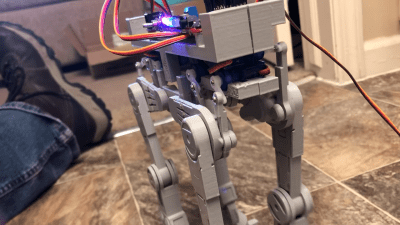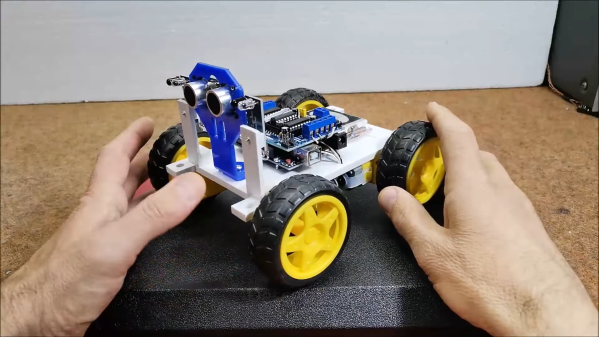Droids and robot assistants are still not really a part of our daily lives, even if they started showing up in movies many long decades ago. [Rudy Aramaryo] perhaps hopes that will change one day, and is pursuing this goal with their own droid build named R.O.B.
R.O.B. is quite a hefty ‘bot, weighing 140 lbs and sporting a full 80 Ah of lithium-iron-phosphate batteries for a long running time and plenty of power. For brains, R.O.B. packs in an Apple Mac Mini M1 and a Mac Studio, running OS X. It’s an unusual choice for a robot, but one that brings plenty of computing power to bear, nonetheless. Equipped with tracked propulsion, R.O.B. also features a slip-ring setup in the base allowing the droid to rotate endlessly without tangling wires.
By virtue of its size and power, R.O.B. goes a long way to emulating the general feel of the droids of the Star Wars series. It’s all about the roughly-human-scaled design, and the anthropomorphic features. Further helping the cause are a basic chat ability powered by Python, along with arms and actuators to interact with the world.
The name of this droid recalls us of the charming Nintendo console toy from the 1980s. If these aren’t the droids you’re looking for, and you’ve been hacking on ‘bots of your own, be sure to drop us a line.

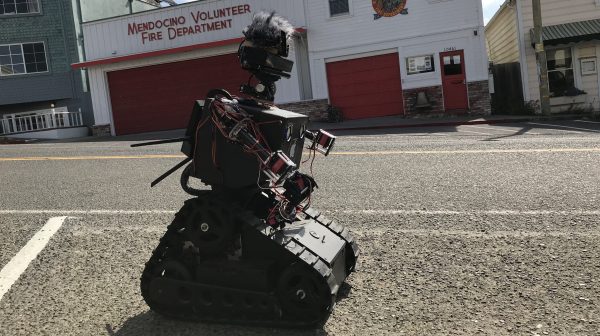

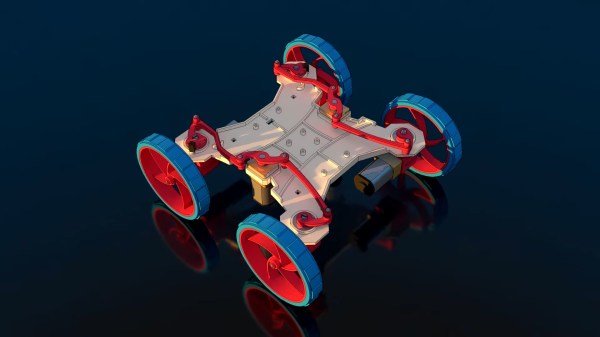
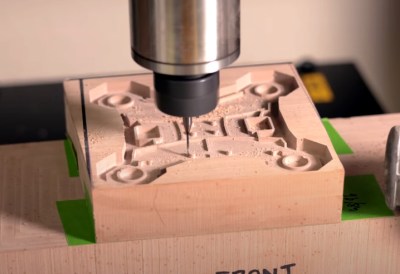
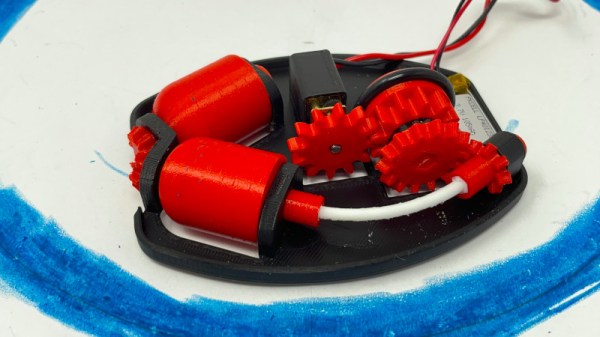
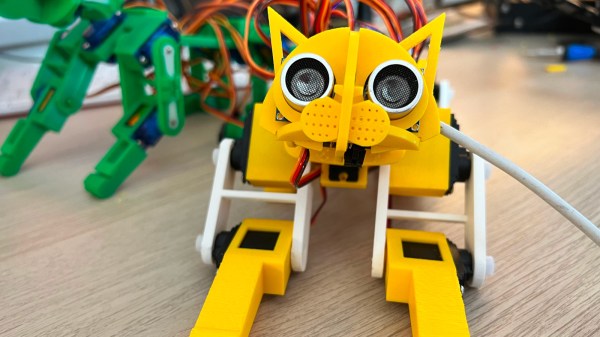
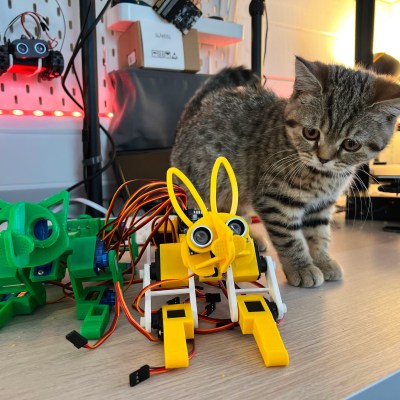 Does this robotic cat interest you, whether it’d be due to your sci-fi propensity or a cat hair allergy? You’re in luck, because [Kevin] is
Does this robotic cat interest you, whether it’d be due to your sci-fi propensity or a cat hair allergy? You’re in luck, because [Kevin] is 
